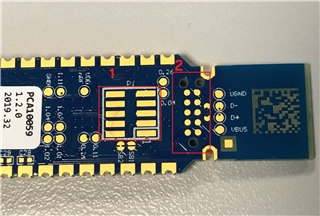Hi I am able to choose the nrf 52840 dongle in NRF Connect . However, compared to nrf 52840 DK , I am able to read then save as file/ erase & write / erase all.
With this dongle , Im not able to do so . Please advice how do I read and save as file.Thank you so much.



